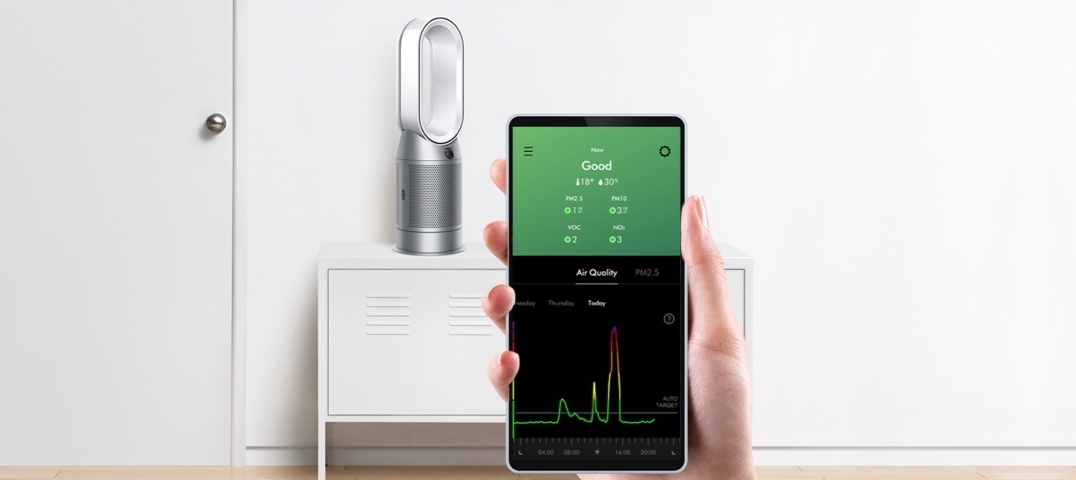The types of invisible pollutants that can build up in your home include:
PM10 - Pollen and allergens
PM5.0 - Bacteria
PM2.5 - Smoke, industrial emissions and burning candles
PM0.1 - Ultrafine particles
Formaldehyde - Produced from Carpets, Rugs and Hard Flooring. Other (Painting, varnishes and printers)
Odours - Household fumes and cooking
Benzene and Volatile Organic Compounds VOCs - Cleaning products, perfumes, cooking, burning fuels and scented candles
Nitrogen dioxide - Road traffic, tobacco and fuel-burning heaters
To read more about how our Purifiers sense, report particles and gasses, in real time, and purify the home, click on our Indoor air pollution link.
Related community topics
How do I understanding the pollutant levels and colours on the graph?
How Air Quality changes throughout the year



